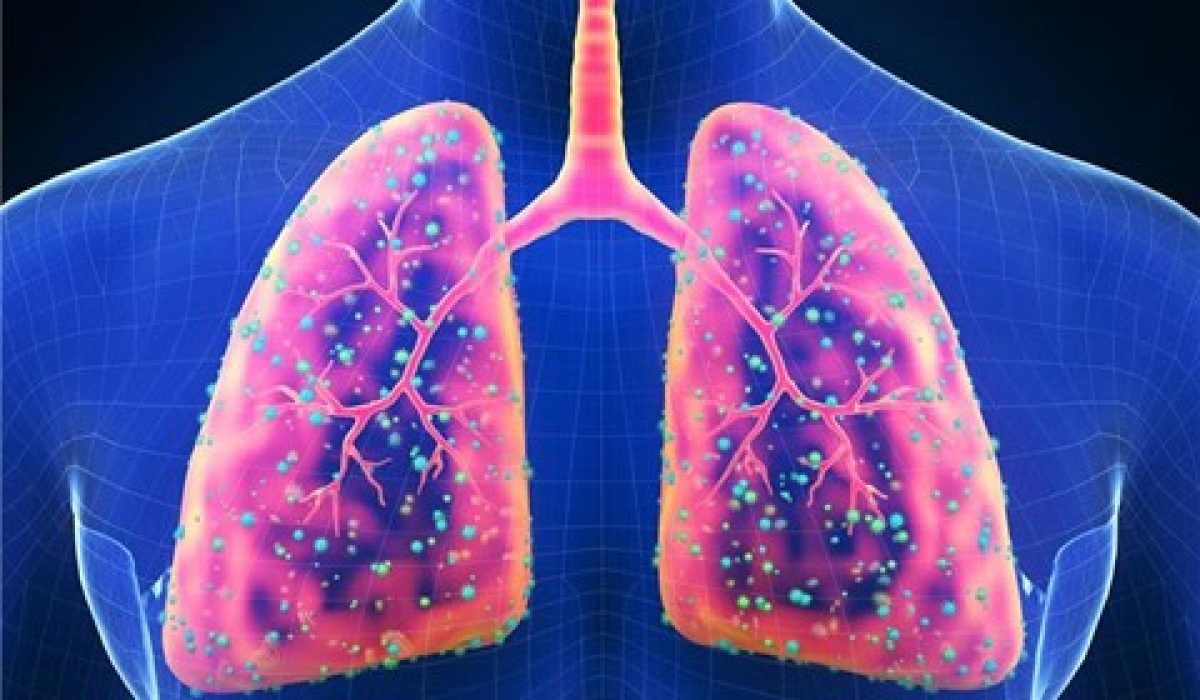Pulmonary edema is when fluid (water) gets collected in the air sacs of the lungs, causing difficulty in breathing. Pulmonary edema is also called lung congestion, lung water, or pulmonary congestion.
People with pulmonary edema struggle to get enough oxygen, which may lead to respiratory failure.
There are three types of pulmonary edema:
- Acute (occurring suddenly)
- Chronic (occurring more slowly over time)
- High-altitude pulmonary edema (occurring in those who travel to or exercise at high altitudes)
Acute pulmonary edema can be life-threatening and may require immediate medical attention.
Signs and Symptoms of Pulmonary Edema
Symptoms usually depend on the type of pulmonary edema a person suffers.
Symptoms of sudden (acute) pulmonary edema include:
- Difficulty breathing (dyspnea)
- Extreme shortness of breath that worsens when lying down
- A feeling of suffocation or drowning (worsens when lying flat)
- A cough that produces frothy sputum (may have blood)
- Rapid or irregular heartbeat (palpitations)
- Anxiety or restlessness
- Cold Skin
- Gasping for breath (Wheezing)
Long-term (chronic) pulmonary edema signs and symptoms include:
- Awakening at night with a cough or breathlessness
- Difficulty breathing when lying flat or with activity
- Fatigue
- Worsening cough
- Rapid weight gain
- Swelling in the legs and feet
- Wheezing
Symptoms of High-altitude pulmonary edema (HAPE) include:
Pulmonary edema due to altitude sickness (not getting enough oxygen in the air) will have symptoms that include:
- Headaches (first symptom)
- Irregular, rapid heartbeat (palpitations)
- Shortness of breath
- Difficulty walking uphill and on flat surfaces
- Cough
- Fever
Get emergency medical assistance if these symptoms start to get worse.
What Can Cause Pulmonary Edema?
Pulmonary edema causes can be classified into two major types:
- Cardiogenic (heart-related conditions that cause pulmonary edema)
- Non-cardiogenic (other medical and external factors that cause pulmonary edema)
Heart-related (cardiogenic) causes of pulmonary edema include:
- Congestive heart failure (CHF)
- Fluid overload (due to intravenous fluid therapy or kidney failure)
- Hypertensive emergency (severe increase in blood pressure)
- Pericardial effusion with tamponade (a buildup of fluid around the sac that covers the heart)
- Severe arrhythmia (irregular heartbeat)
- Severe heart attack
- Abnormal heart valve
Non-cardiogenic (other medical and external factors) causes of pulmonary edema include:
- Acute respiratory distress syndrome (ARDS)
- Bacterial or viral infections (Pneumonia, sepsis)
- Blood clots
- Exposure to certain chemicals (ammonia, chlorine, etc.)
- Organ failure that causes fluid accumulation
- Near-drowning
- Inflammation
- Trauma (injury to the brain, lung, or heart)
- Reaction to certain medications (aspirin)
- Overdose of certain drugs (opioids)
- Blood transfusion
What Can Increase My Risk of Pulmonary Edema?
You may be at a higher risk of pulmonary edema if you have/had
- Heart problems or heart failure
- Pulmonary edema previously
- Lung diseases (tuberculosis or chronic obstructive pulmonary disorder (COPD))
- Vascular (blood) disorders
- Chronic conditions (high blood pressure, diabetes, or sleep apnea)
- Alcohol or tobacco abuse
- Travelling to high altitudes
How Is Pulmonary Edema Diagnosed?
Your doctor will perform a physical examination to check for fluid in your lungs. Your doctor may look for symptoms such as
- an increased heart rate
- rapid breathing
- a crackling sound from your lungs
- any abnormal heart sounds
- edema in the legs or abdomen, or neck
- pale or blue-colored skin
Your doctor may discuss your symptoms and ask about your medical history. They will order additional tests if they believe you have fluid in your lungs.
Tests that help in diagnosing pulmonary edema include:
- echocardiogram (ECG) or an ultrasound to check for abnormal heart activity
- chest X-ray to see the fluid build-up
- complete blood count
- blood tests to check oxygen levels
- electrolyte levels
- kidney function test
- liver function test
- Ultrasound or CT or MRI (Magnetic Resonance Imaging) of lungs
How is Pulmonary Edema Treated?
Pulmonary edema is a life-threatening condition that requires quick treatment. Respiratory assistance (using an oxygen mask, nasal cannula, or positive pressure mask) with 100 percent oxygen is always the first treatment choice.
Treatment of pulmonary edema is done after identifying the underlying cause.
Preventive Measures For Pulmonary Edema
Managing existing heart or lung conditions can help prevent pulmonary edema.
Some of the preventive measures include:
- Vaccination for flu pneumonia
- Dietary changes (limit salt intake and increase fruit and vegetable intake)
- Smoking cessation
- Physical activity
- Alcohol cessation
- Managing stress
- Managing weight
Consult your doctor regularly and get immediate help if you experience any pulmonary edema symptoms.

